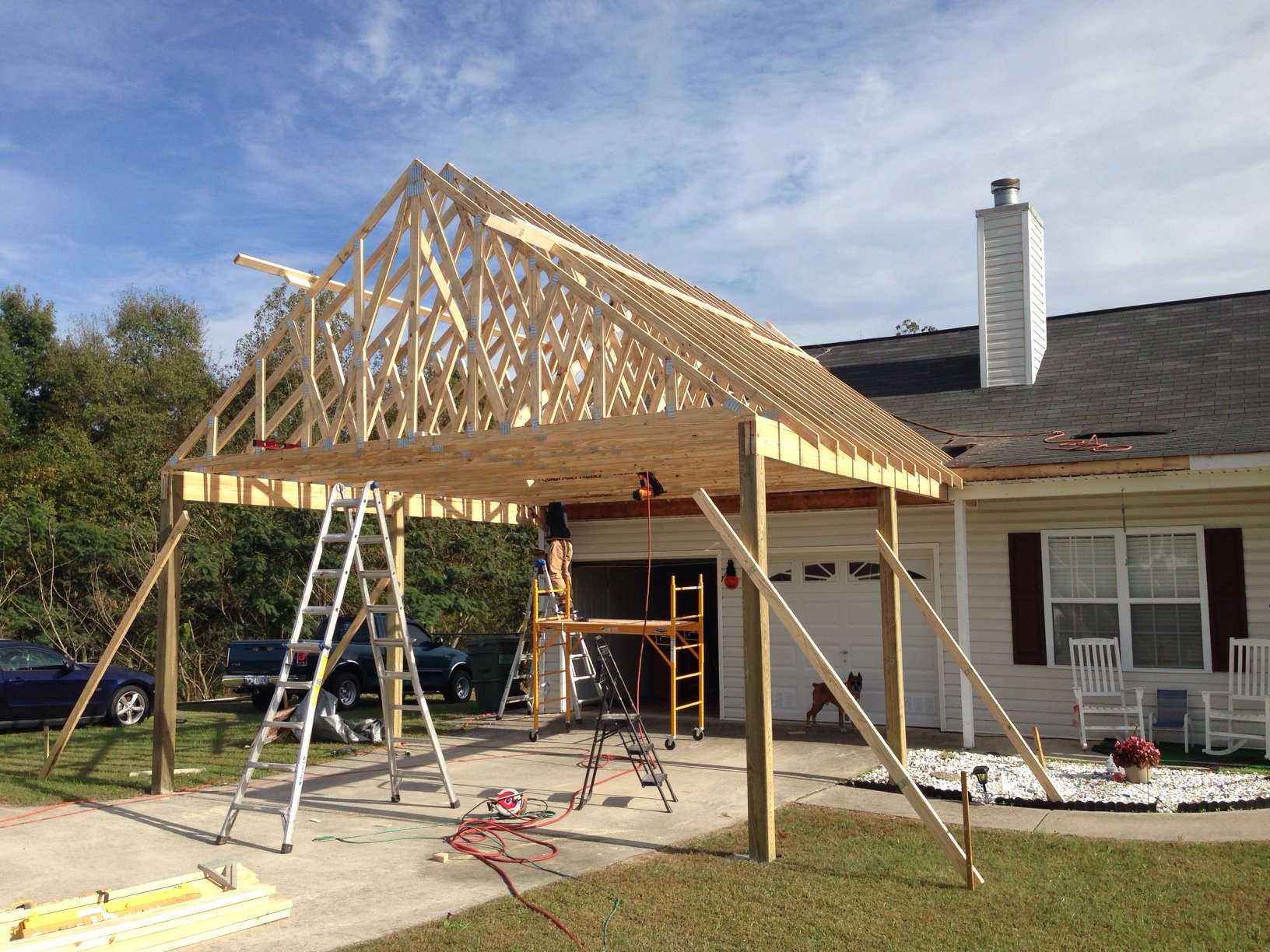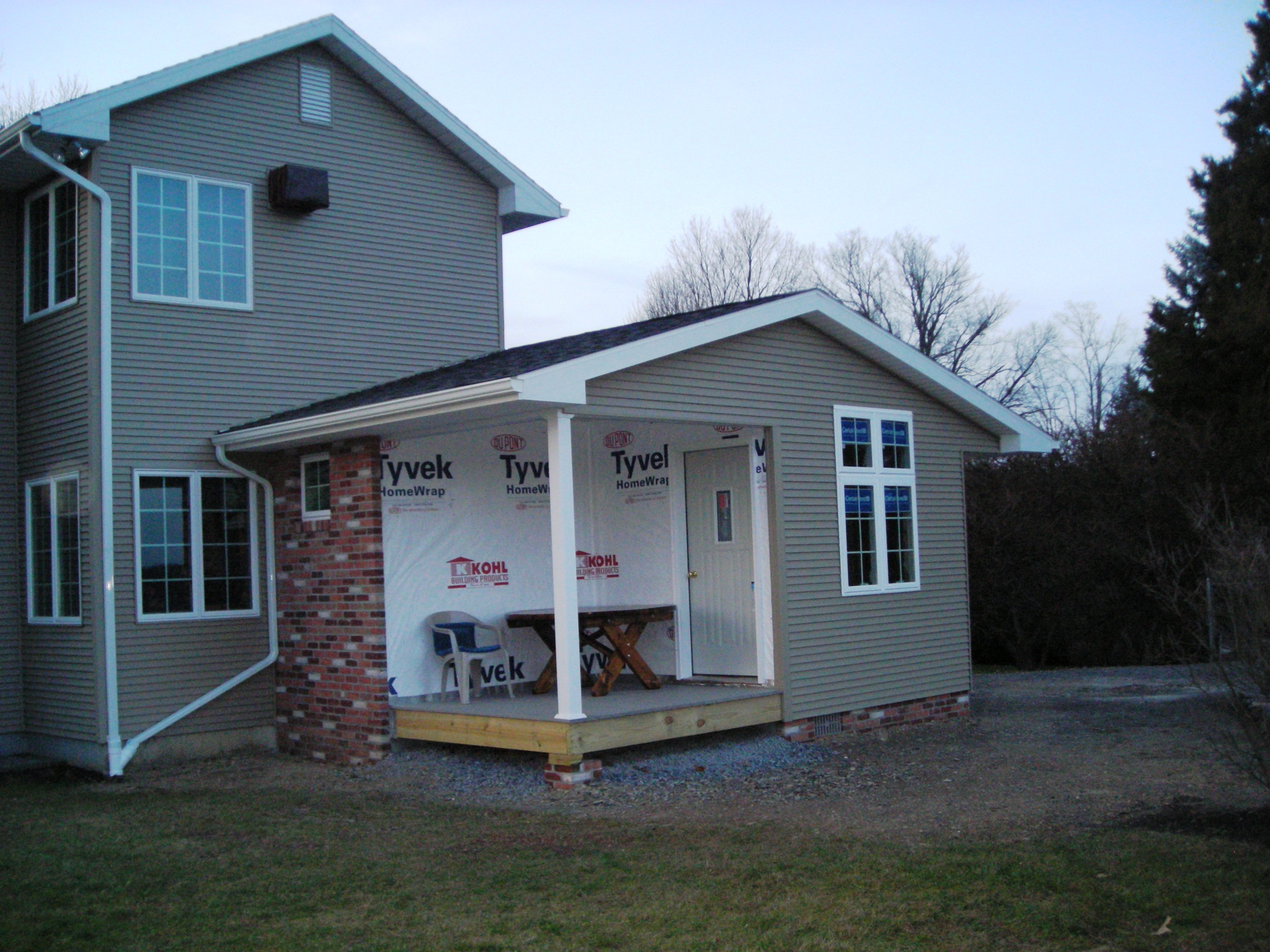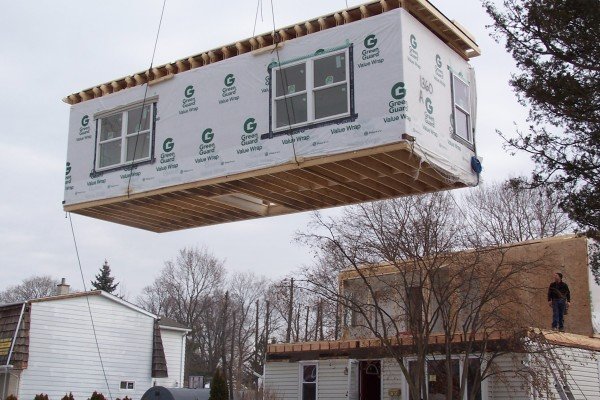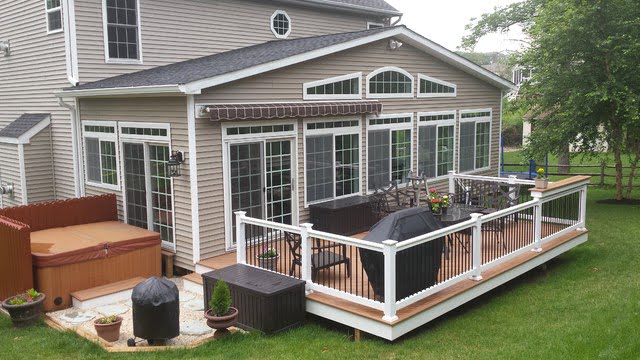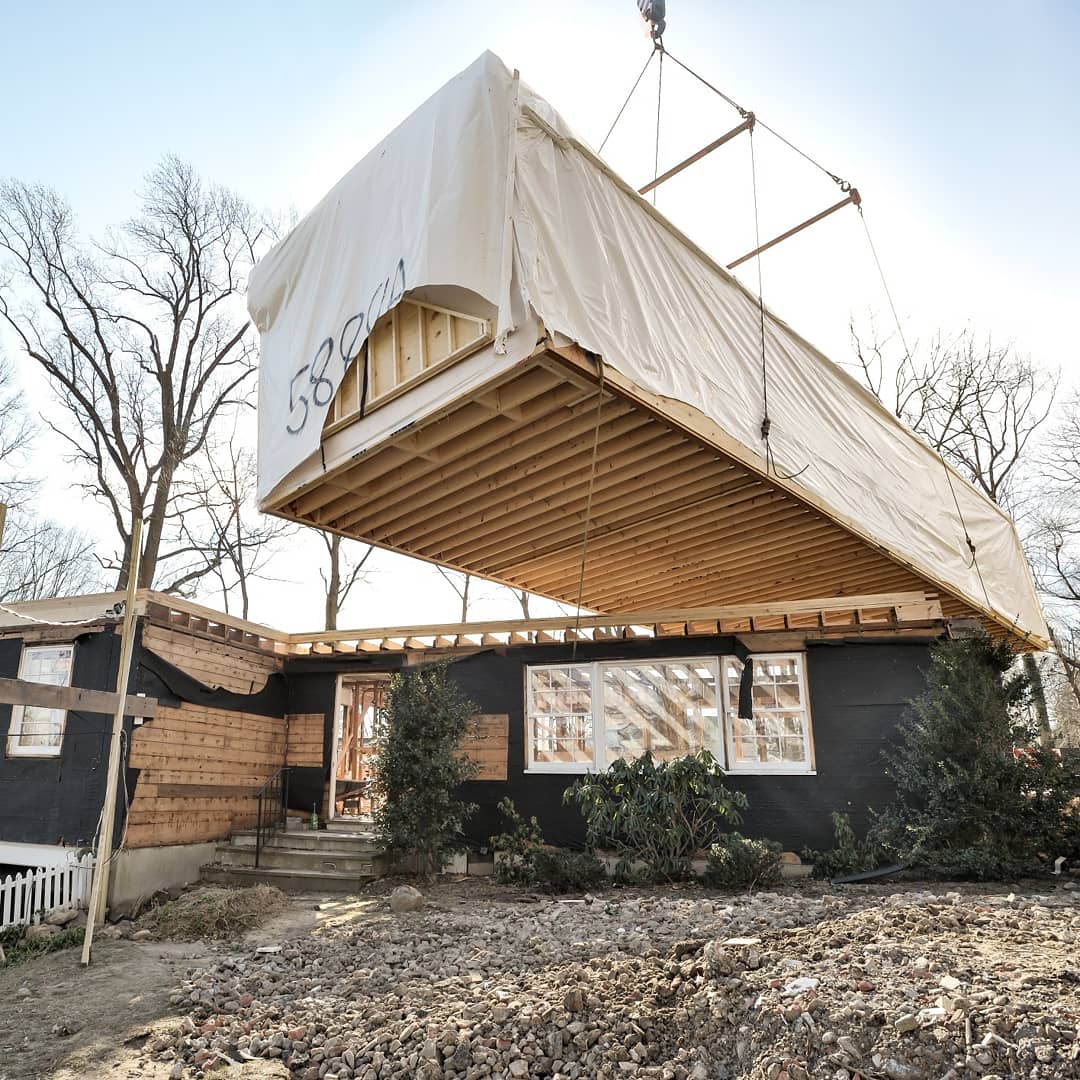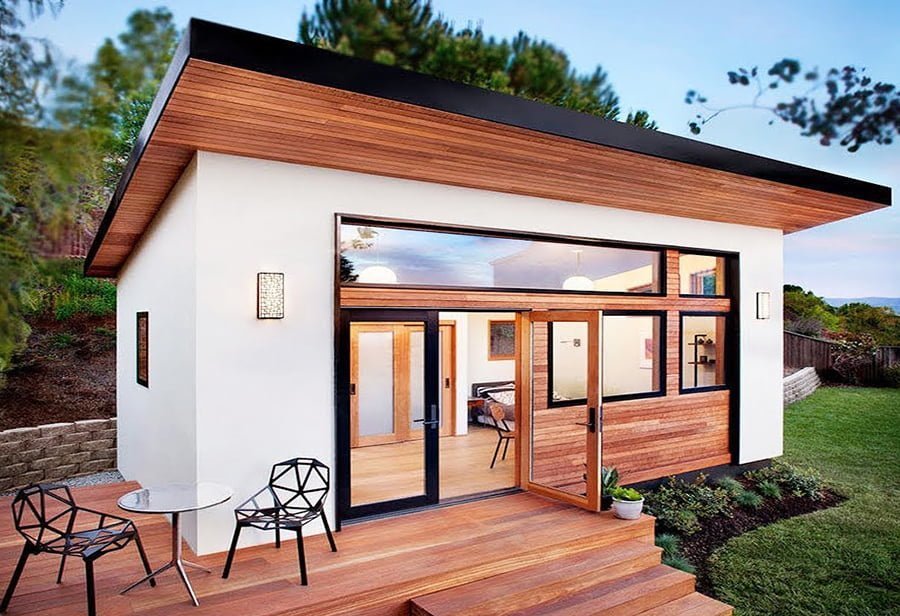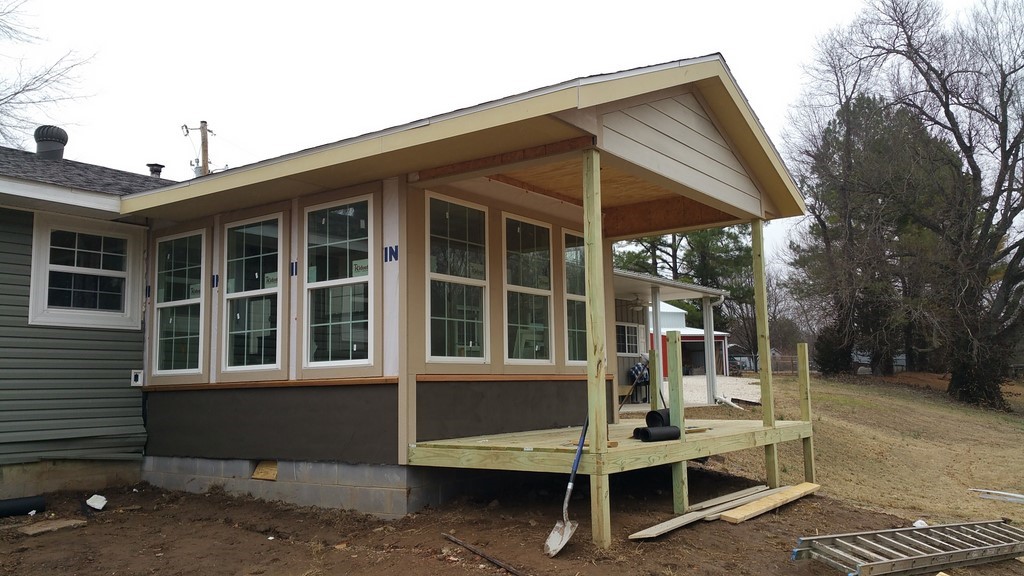Adding A Modular Addition To Existing Home Cost
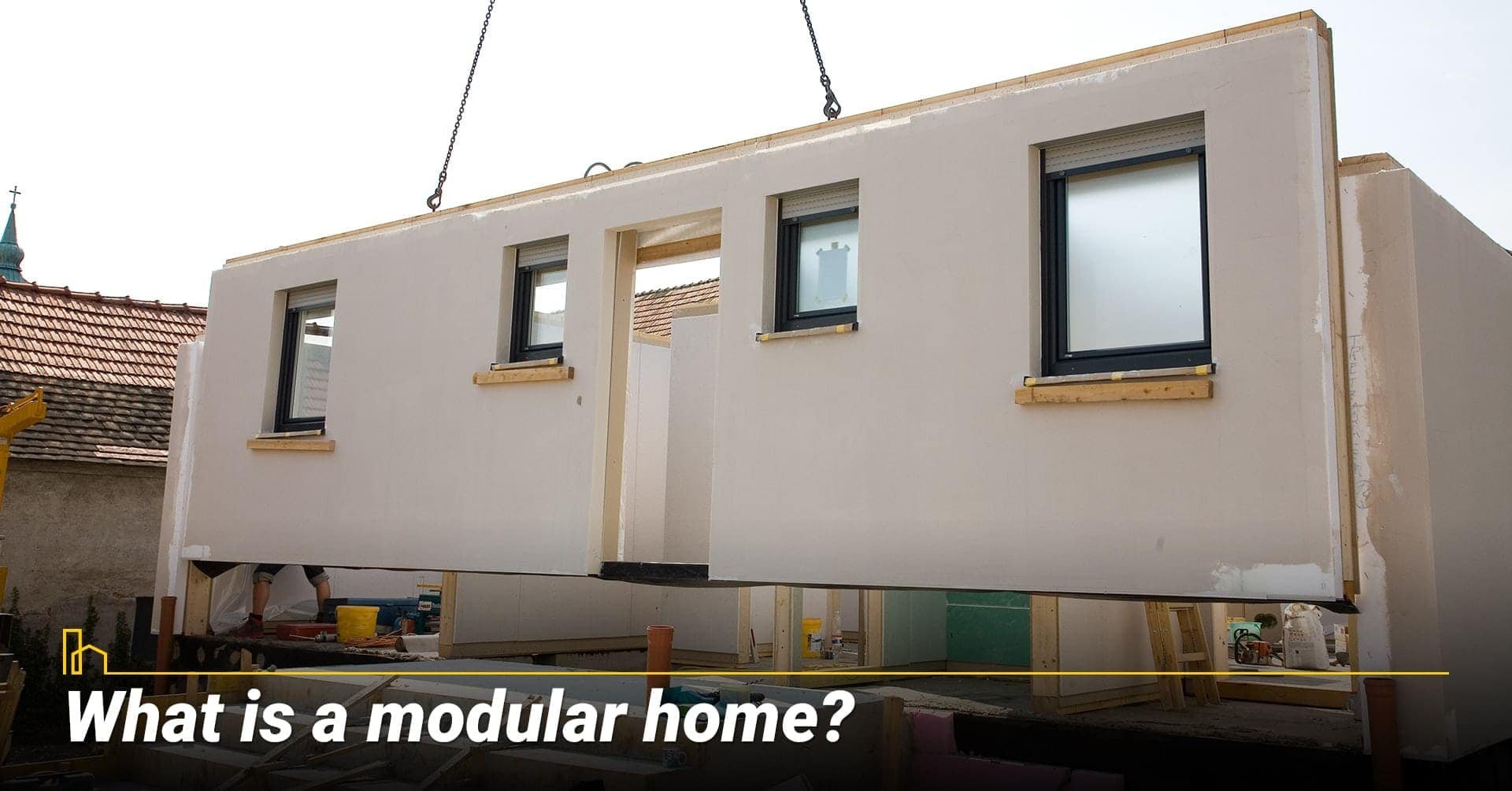
The dream of expanding a home, creating more space for a growing family or a dedicated home office, often crashes against the stark reality of construction costs. While traditional stick-built additions can be prohibitively expensive and time-consuming, modular additions offer a compelling alternative. But understanding the true cost of adding a modular unit to an existing home requires careful consideration of numerous factors, often exceeding initial estimates.
This article delves into the intricate financial landscape of modular home additions, exploring the various cost components, potential savings, and hidden expenses that homeowners must navigate. We will examine data from construction industry reports, expert opinions, and homeowner experiences to provide a comprehensive understanding of this increasingly popular home expansion method.
Understanding the Base Cost of Modular Units
The allure of modular construction lies in its promise of cost-effectiveness and speed. Typically, the base cost of a modular addition, encompassing materials and factory labor, is less than a comparable stick-built project.
According to a 2023 report by the Modular Building Institute (MBI), the average cost per square foot for a basic modular unit ranges from $100 to $200. This figure, however, is a starting point, heavily influenced by factors like the complexity of the design, the quality of materials, and the level of customization.
Customization is key, with homeowners who opt for high-end finishes, specialized features (such as energy-efficient windows or smart home integration), or unique architectural details seeing a significant increase in the base price.
Site Preparation: A Crucial and Often Overlooked Expense
Before the modular unit can be delivered and installed, the existing property needs to be prepared. This phase, often underestimated by homeowners, can contribute significantly to the overall cost.
Site preparation includes tasks such as clearing the land, grading the foundation, installing utility connections (water, sewer, electricity), and obtaining necessary permits. The cost of site preparation varies widely depending on the specific conditions of the property.
Soil testing, for example, is often required to ensure the ground can support the new structure. If the soil is unstable, additional reinforcement may be needed, adding to the expense.
Installation Costs: Connecting the Pieces
Once the site is prepared, the modular unit is transported to the property and installed onto the foundation. Installation costs encompass the labor and equipment required to connect the modular unit to the existing home and integrate it with the site.
This process involves crane rental, setting the unit, sealing the seams, and making final utility connections. The complexity of the installation can impact the overall price. A simple rectangular addition will generally be less expensive to install than a multi-story or oddly shaped unit.
Permitting and inspections are also part of the installation phase, with costs varying by jurisdiction. These fees ensure that the addition meets local building codes and safety standards.
Finishing Touches: Integrating Seamlessly with the Existing Home
After the modular unit is installed and connected, the finishing touches are added to integrate it seamlessly with the existing home. This includes interior finishes, such as flooring, painting, and trim work.
Exterior finishes, such as siding, roofing, and landscaping, are also essential to ensure the addition blends harmoniously with the original structure. These finishing touches are typically priced separately and can significantly impact the final cost.
Homeowners often find themselves drawn to matching the existing home's aesthetic, which sometimes requires specialized materials or skilled labor, increasing expenses. Unexpected issues can arise at this stage, such as uneven flooring or incompatible paint colors, necessitating adjustments and potentially adding to the budget.
Hidden Costs and Contingency Planning
Beyond the obvious expenses, several hidden costs can emerge during a modular home addition project. It's crucial to factor in a contingency fund to account for unforeseen circumstances.
Potential hidden costs include: changes in building codes, unexpected site conditions (such as buried utilities or contaminated soil), delays in permitting, and material price increases.
A contingency fund of at least 10-15% of the total project cost is recommended to mitigate these risks. Consulting with experienced contractors and obtaining detailed quotes can also help identify potential hidden costs upfront.
Financing Options and Return on Investment
Financing a modular home addition typically involves exploring options such as home equity loans, personal loans, or construction loans. Each option has its own interest rates, terms, and eligibility requirements.
Homeowners should carefully consider their financial situation and explore various financing options to find the best fit. The return on investment for a modular home addition depends on factors such as the location of the property, the quality of the addition, and the overall housing market.
Adding square footage can increase the home's value, but it's essential to assess whether the potential increase in value justifies the cost of the addition. Consulting with a real estate appraiser can provide valuable insights into the potential return on investment.
Conclusion: A Balanced Approach to Modular Home Additions
Adding a modular addition to an existing home can be a cost-effective and efficient way to expand living space, but careful planning and budgeting are essential. Understanding the various cost components, from the base price of the modular unit to site preparation, installation, and finishing touches, is crucial for making informed decisions.
By factoring in potential hidden costs, securing appropriate financing, and carefully weighing the return on investment, homeowners can successfully navigate the process and achieve their home expansion goals. The key is to be proactive, to ask questions, and to work with experienced professionals who can guide them through the complexities of modular construction. The future of home additions may well be modular, but only with a sound understanding of its true cost.
